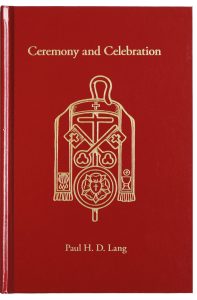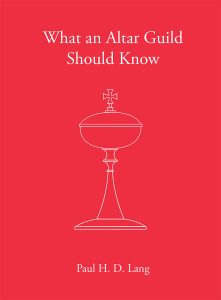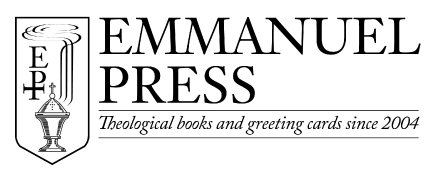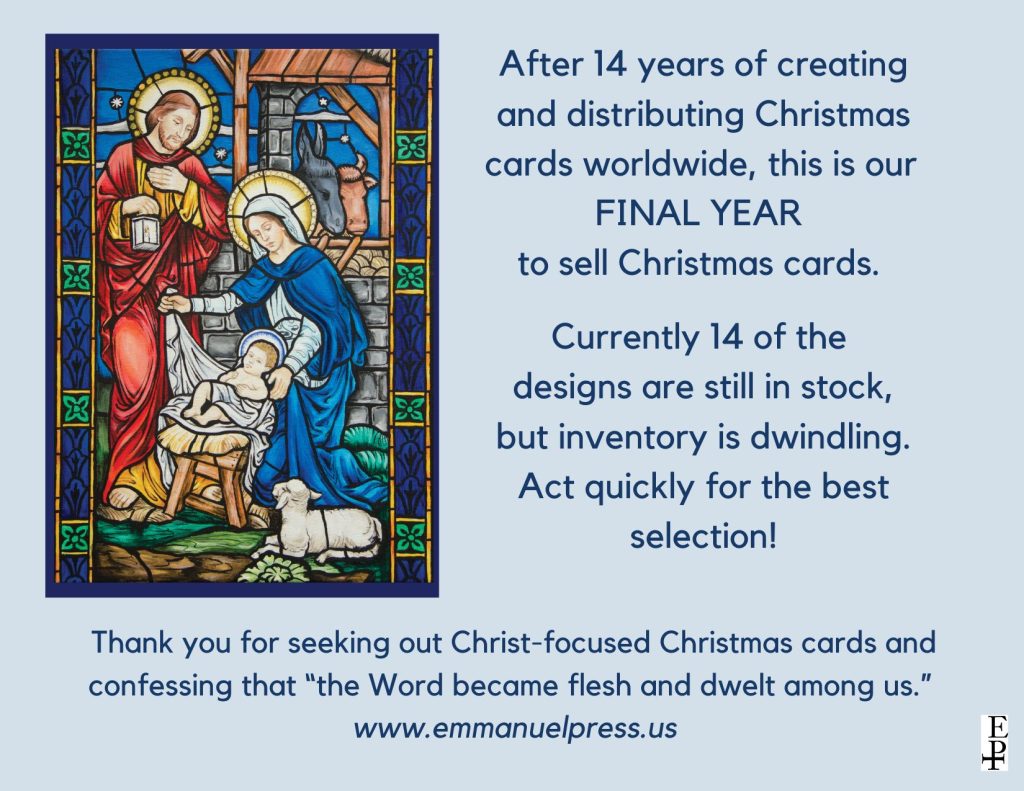THE LATEST NEWS
The Advent Wreath: An Excerpt
 “The lighting of an Advent wreath during the Advent season is a Christian ceremony which has come down to us from about the time of Martin Luther. As before the birth of Christ the light of prophecy concerning His advent and His redemptive work became brighter and brighter, so the nearer we come in the church year to the feast of His nativity, the greater the amount of light from the Advent wreath. This ceremony is helpful for recalling, discussing, and teaching the significance of Advent.”
“The lighting of an Advent wreath during the Advent season is a Christian ceremony which has come down to us from about the time of Martin Luther. As before the birth of Christ the light of prophecy concerning His advent and His redemptive work became brighter and brighter, so the nearer we come in the church year to the feast of His nativity, the greater the amount of light from the Advent wreath. This ceremony is helpful for recalling, discussing, and teaching the significance of Advent.”
-An excerpt from Ceremony and Celebration, in which Rev. Paul H.D. Lang describes the theological significance and historic, confessional Lutheran position on liturgy, ritual, and ceremony.
Liber Hymnorum is back in stock
 Liber Hymnorum is back in stock! This is a collection of hymns taken exclusively from Lutheran hymnals and chant-books of the Reformation and post-Reformation era. It is two hymnals in one, the first half being English, the second Latin, exactly mirroring the first half in contents and numbering.
Liber Hymnorum is back in stock! This is a collection of hymns taken exclusively from Lutheran hymnals and chant-books of the Reformation and post-Reformation era. It is two hymnals in one, the first half being English, the second Latin, exactly mirroring the first half in contents and numbering.
Find much more information here, including reviews and a sample of the interior.
Not just for the altar guild…
 “The service which the altar guild can render is valuable as an aid to extol the beauty and greatness of God and to awaken the response of His people in all forms of beauty, care, and reverence. Beauty in the church is not a matter of indifference….Why do we want to make the house of God and our worship of God as reverent and beautiful as possible? Such a desire is of God and for God. He is present in our churches. Through His Word and sacraments, Christ comes to us as we are gathered together in His name.” (p. 11)
“The service which the altar guild can render is valuable as an aid to extol the beauty and greatness of God and to awaken the response of His people in all forms of beauty, care, and reverence. Beauty in the church is not a matter of indifference….Why do we want to make the house of God and our worship of God as reverent and beautiful as possible? Such a desire is of God and for God. He is present in our churches. Through His Word and sacraments, Christ comes to us as we are gathered together in His name.” (p. 11)
In What an Altar Guild Should Know, Paul H.D. Lang gives detailed information about church services and rubrics, liturgical terms, everything related to the altar, sacred vessels and linens, paraments, and other topics related to liturgical worship.
However, this is not just a How To manual for altar guild members and their pastors. Lang offers keen theological insight into why reverence and beauty and the externals of worship matter. Anyone interested in liturgical worship would benefit from reading this book (especially in conjunction with Ceremony and Celebration) In addition, we have switched to a Wire O binding so that it can now lay flat.
reading this book (especially in conjunction with Ceremony and Celebration) In addition, we have switched to a Wire O binding so that it can now lay flat.
Preparing a setting for the Gospel: “By making God’s house and the services of the church more beautiful, we provide the Gospel a setting in which it is more attractive to people and puts them in a more receptive frame of mind for worship….Of course, God’s Word and sacraments are not dependent on human embellishment for effectiveness. They are in themselves ‘the power of God unto salvation to everyone that believeth’ (Rom. 1:16). It is only fitting, however, that we should present them in surroundings that are as attractive as we can make them.” (p. 11-12)
Externals not essential, but important: “God has not given Christians of the New Testament era specific laws governing the outward forms of worship. Christianity is not essentially a matter of externals but of faith and life….Where the Word of God is rightly taught and the sacraments are rightly administered, there is the Christian church….Nonetheless, externals are invariably associated with Christian worship. Therefore they are important. Christian doctrine, faith, and life are never merely theoretical, barren, or lifeless. They express themselves in outward acts.” (p. 12-13)
Last chance: FINAL YEAR of Christmas card sales
“Reverence matters”: An endorsement from Dr. Geoffrey Boyle
 Regarding The Conduct of the Service by Piepkorn and McClean:
Regarding The Conduct of the Service by Piepkorn and McClean:
“Everything we do in the liturgy teaches. But does what we do actually teach that it matters? Both Piepkorn and McClean call their contributions ‘manuals,’ convenient handbooks offered to clarify how we do what we do in the liturgy. The detail, care, and precision they offer assume that what we do matters. Reverence matters—not to earn salvation, but to extol Christ and His gifts. They call for a humble, prepared, and calm reverence and describe what that looks like at every point in the Divine Service. Relying on The Lutheran Hymnal and its accompanying The Lutheran Liturgy, they highlight the rubrics and offer suggestions based on the historic practice of the Lutheran Church. This continues to serve parish pastors, even as Lutheran Service Book fills our pews. At the Seminary, we work hard to train our future pastors to know why we do what we do because we believe that it matters. This book provides the much needed ‘how,’ tying all that we do in the liturgy to Christ and His care for His people.”
_____
Rev. Dr. Geoffrey Boyle
Professor of Pastoral Ministry and Missions, Concordia Theological Seminary
Fort Wayne, Indiana

Let’s stay in touch! To receive the most current information on our products and new releases, join our email list today!


